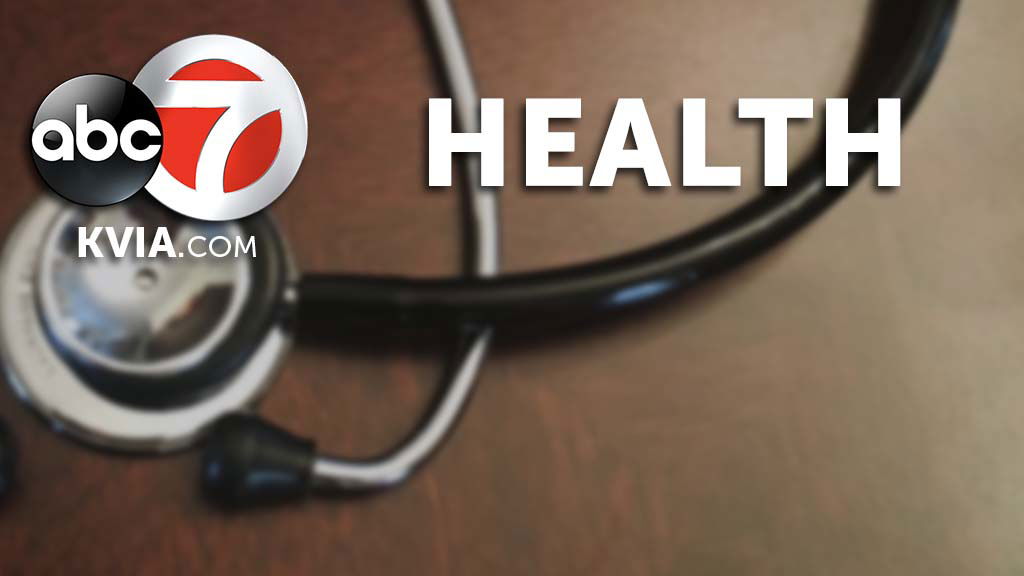Low back and neck pain is costing us a fortune. Here’s how to stop

If you’re constantly seeking relief for bothersome back and neck pain, you’re likely not alone, according to a study published Tuesday in JAMA.
In 2016, Americans and their insurance companies spent an estimated $134.5 billion on lower back and neck pain — more than all forms of cancer combined.
Researchers estimated US public, private and out-of-pocket spending on health care for 154 health conditions from 1996 to 2016 and low back and neck pain was first, followed by other musculoskeletal conditions including joint and limb pain, then spending for diabetes, heart disease, falls and urinary diseases.
“In terms of health and wellness, I think the study highlights [that] a lot of the issues could be prevented with proper wellness and nutrition balance in our lives,” said Dr. Sheldon Yao, chair and professor of Osteopathic Manipulative Medicine at the New York Institute for Technology’s College of Osteopathic Medicine. Yao was not part of the study.
Drivers of back and neck pain
Back pain can be debilitating, removing people from enjoying the activities of everyday life. This area of the body is composed of complex system of muscles, ligaments, tendons, disks and bones, which all coordinate to support the body.
Obesity, sedentary lifestyles, technology and poor diet have all been linked to back and neck pain.
“Obesity is a giant epidemic that plays a part into back pain,” Yao said, explaining that a loss of core strength due to obesity can put someone at increased risk for back pain.
Poor posture and a lack of core- and neck-strengthening exercises — such as planks, neck-tilts, yoga and lifting weights — also contribute to increased incidence of low back and neck pain, because weak muscles fail to properly support bones and are more prone to injury.
The amount of time a person spends sitting at their desk or bending over their cell phone can also be to blame.
“Everyone’s on their smart phone now, constantly connected 24/7 and your posture is just looking forward,” Yao said. The strain on a person’s spine from constantly bending one’s neck to text or browse can feel like the equivalent of 20 or 30 pounds, according to a 2018 study.
Processed foods — such as gluten, trans fats and added sugar — have been linked to creating inflammation in the body which can lead to chronic pain, according to Harvard University’s Harvard Medical School. That’s because inflammation can cause muscles to weaken, swell or feel painful, according to the National Institute of Neurological Disorders and Stroke.
“Those are things where, as a society, we are not balanced,” Yao said. “I’m not saying you can’t eat any of those things, but just be aware of how much we’re taking in in terms of those inflammatory foods.”
How to alleviate pain at home
Health care spending on neck and back pain has increased each year since 1996, the study found, including newer and more expensive treatments such as stem cell and plasma injections, and an increase in surgeries instead of outpatient treatment.
The dollars don’t appear to be well-spent, said Dr. Joseph Dieleman of the Institute for Health Metrics and Evaluation at the University of Washington’s School of Medicine.
“The big picture trend suggests that all of the spending isn’t essentially leading to fewer cases,” said Dieleman, lead author of the study.
“In fact, we see that the health burden essentially hasn’t changed at all over time, despite the huge increases in spending,” he said. “It suggests that we have increased our spending a huge amount but we’re not necessarily getting a lot more for it.”
There are ways to mitigate back and neck pain at home before it becomes a larger problem.
It might seem counterintuitive, but staying moderately active by going for a walk can help reduce pain and prevent muscles from weakening.
“One of the biggest misconceptions is, ‘I hurt myself. I need to go on complete bed rest and lie in bed and do nothing,’ ” Yao said. “That’s been shown to really not be effective and ideally they need to try to maintain some form of activity as much as they can, and that’s been shown to have positive results.”
Eating healthier can not only reduce the inflammation that can lead to chronic back pain; it can also help someone lose excess weight, another factor of back pain.
Chronic back pain can be emotionally straining in addition to the physical symptoms.
To manage frustration, depression and other psychological side effects, Johns Hopkins Medicine recommends mindfulness and meditation as two nonsurgical methods for easing back pain. Taking breaks from activity when needed and being patient with yourself can prevent the condition from advancing.
Lower back pain can stem from a range of causes, from a mild strain to a traffic accident. If pain becomes something more serious, it’s important to seek additional care from a doctor instead of self-medicating, Yao said. Doctors can recommend multiple treatments including muscle relaxants, injections and physical therapy.
Yao said the study highlights the extent to which society as a whole can improve on their muscle and joint health and ensure that patient care is at the forefront.
“Exercise is the last thing we do, eating right is the last thing we do,” Yao said. “Society as a whole is so stressed and overworked and taxed out that health becomes really on the back burner.
“Patients have to take care of and responsibility for their own health. The more that a doctor can help facilitate that, the better.”




